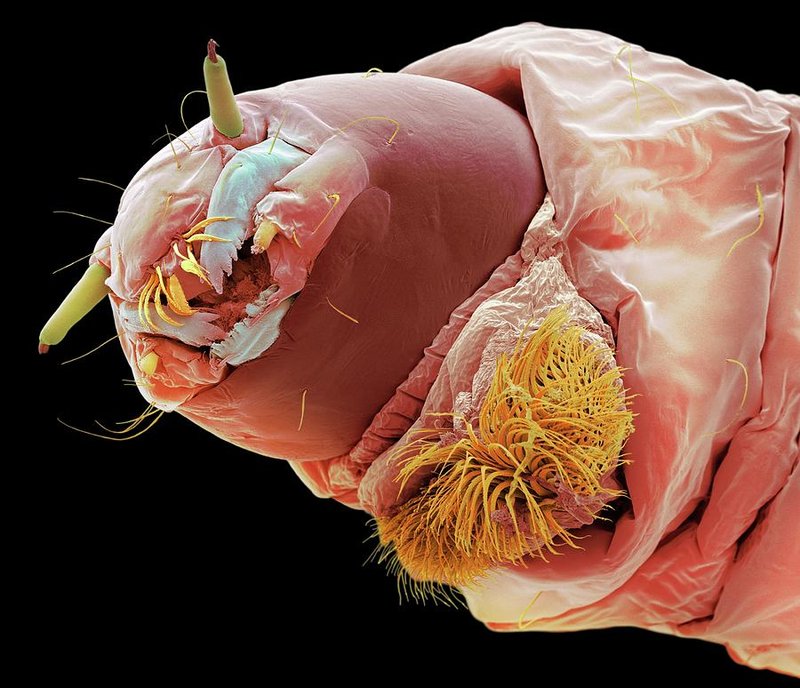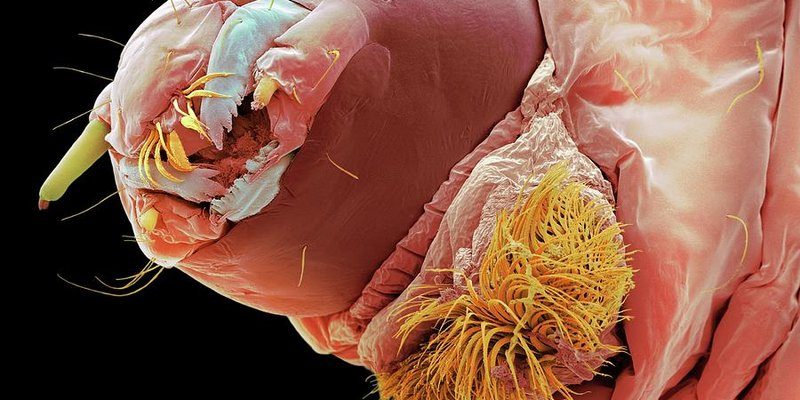
Imagine you’re watching a movie where the main character changes roles with the seasons, adapting and evolving based on what life throws at them. That’s a bit like the way bloodworms interact with their environment. From their breeding cycles to how they respond to temperature changes, these little larvae are full of surprises. Let’s dive into their seasonal behaviors and see what makes these creatures tick.
Understanding Bloodworm Behavior
Bloodworms are the larval form of non-biting midges, often found in freshwater environments. They’re known for their distinct bright red color, which comes from hemoglobin in their blood. This adaptation not only helps them survive in low-oxygen conditions but also plays a role in their seasonal behavior. As temperatures change throughout the year, so do their habits.
During warmer months, bloodworm populations can explode. They thrive in rich, organic sediments and can be found in ponds, marshes, and slow-moving streams. As the water temperature rises, their metabolic rates increase, which means they become more active. You might wonder how this ties into their behavior. Well, increased activity leads to more foraging, which is crucial for their growth and survival.
In contrast, as the seasons shift to colder temperatures, bloodworms enter a more dormant state. They tend to burrow deeper into the sediment to insulate themselves from the cold. This seasonal dormancy is a crucial survival strategy, allowing them to conserve energy until conditions improve. It’s nature’s way of helping them cope with varying environments.
Breeding Patterns Throughout the Year
Bloodworm breeding patterns are another essential aspect of their seasonal behavior. These little organisms have a fascinating life cycle that mirrors seasonal changes. Typically, bloodworms breed in late spring and early summer when temperatures rise and food sources are plentiful. They’ll lay their eggs in aquatic environments, where the larvae will soon emerge.
The timing of breeding is closely linked to environmental cues like temperature and food availability. For example, as algae blooms occur in warmer weather, it creates a rich food source for young bloodworms. The larvae feed voraciously, helping them grow quickly and develop into pupae in just a few weeks.
As fall approaches, you’ll notice a decline in breeding activity. The water starts to cool down, and food sources diminish, signaling bloodworms to slow down their reproductive efforts. This cyclical pattern ensures that their populations thrive when conditions are most favorable.
Temperature and Environmental Factors
Temperature plays a critical role in bloodworm behavior. You might think of them as little barometers for environmental changes. Warmer water temperatures speed up their metabolism, leading to increased feeding, growth, and breeding. Conversely, cooler temperatures push them into a state of dormancy.
Field studies have shown that bloodworms can tolerate a variety of temperatures, but they are most active between about 15°C to 25°C (59°F to 77°F). When water temperatures drop below this range, they significantly reduce their activity levels. It’s essential for bloodworms to find the right balance; too much heat can be harmful, while too little can lead to survival challenges.
Furthermore, oxygen levels in water significantly affect bloodworm behavior. In conditions where oxygen is low, like stagnant water, you’ll often find them surfacing more frequently. Their hemoglobin-rich blood aids their survival in these environments, allowing them to thrive where other species may struggle. It’s like they have their own secret recipe for success amidst challenges.
Predation and Survival Strategies
Like any other organism, bloodworms must navigate a world filled with predators. Fish, birds, and other aquatic creatures see bloodworms as a tasty snack. To survive in this competitive environment, they’ve developed some clever strategies.
One survival tactic is their ability to burrow into the sediment. By hiding, they can evade predators while also staying out of sight. During the day, when many predators are active, bloodworms tend to stay buried, coming out primarily at night. This nocturnal behavior drastically reduces their chances of being eaten.
Additionally, their striking red color isn’t just for show. It serves as both camouflage and a warning signal to potential predators. When they’re hidden in muddy environments, their coloring helps them blend in, making it harder for fish to spot them. It’s like wearing the perfect outfit to blend into the background!
Impact of Climate Change on Bloodworm Behavior
As climate change continues to alter our planet, it’s important to consider how these shifts affect bloodworm behavior. Changes in temperature and precipitation patterns can have a significant impact on their life cycle. For instance, warmer winters might lead to longer breeding seasons, while erratic spring weather could disrupt their population dynamics.
Field studies have shown that bloodworms are sensitive to changes in their environment. Increased temperatures can lead to more frequent algal blooms, providing an abundance of food. However, it can also result in oxygen depletion, affecting bloodworm survival. It’s a delicate balance that can shift rapidly with climate change.
Scientists are carefully observing these patterns to understand how bloodworms might adapt. Their ability to thrive under different conditions is key to their survival, but as temperatures rise, it could pose challenges that are yet to be seen.
Bloodworms are more than just fishing bait; they’re incredible organisms that exhibit unique seasonal behaviors entirely dependent on their environment. From breeding patterns to temperature adaptations and survival strategies, they offer a glimpse into the complexities of life in freshwater ecosystems.
Understanding their behavior not only enriches our knowledge of aquatic ecosystems but also highlights the broader impacts of environmental changes. So next time you see a bloodworm, remember there’s a whole world of activity happening beneath the surface. Their seasonal dance is a reminder of nature’s resilience and adaptability, a story we’re just starting to scratch the surface of.

